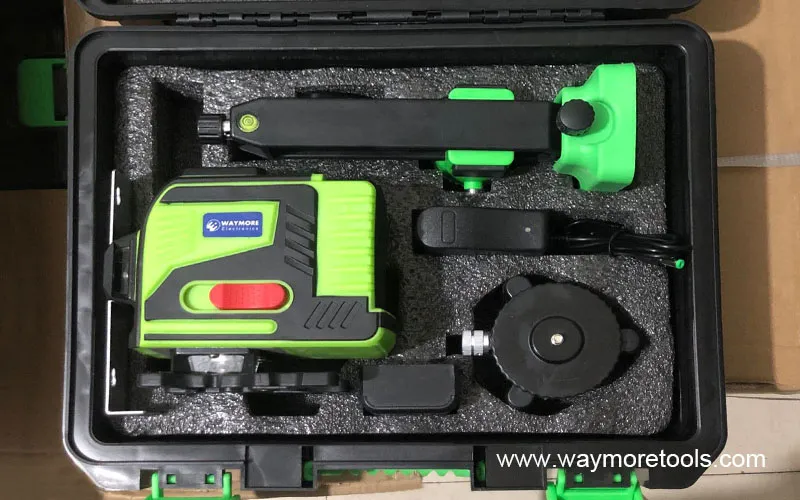
Table of Contents
- Understanding Laser Level Accuracy Over Long Distances
- Factors Affecting Laser Level Accuracy at Extended Ranges
- Compensating for Distance-Related Accuracy Deviations
- Best Practices for Maintaining Accuracy in Long-Distance Laser Leveling
- Case Studies: Accuracy Tests of Laser Levels Over Long Distances
- Technological Advancements Enhancing Laser Level Accuracy
- Tips for Choosing a Laser Level for Long-Distance Applications
- Conclusion
Precision Measurement, Unwavering Accuracy
Laser levels are commonly used in construction and other industries to project a level reference plane over a distance. The accuracy of these levels is crucial for ensuring the precision of measurements and the quality of the final product. Over long distances, factors such as beam divergence, atmospheric conditions, and instrument calibration can affect the accuracy of laser levels. Understanding the limitations and potential errors associated with using laser levels over long distances is essential for accurate and reliable measurements.Understanding Laser Level Accuracy Over Long Distances
**Accuracy of Laser Levels Over Long Distances**Laser levels are indispensable tools for construction, renovation, and other precision tasks. However, their accuracy over long distances can be a concern. Understanding the factors that affect laser level accuracy is crucial for ensuring reliable measurements.
The accuracy of laser levels is typically specified in millimeters per meter (mm/m). This value represents the maximum deviation from a straight line over a given distance. For example, a laser level with an accuracy of 2 mm/m will have a maximum deviation of 2 millimeters over a distance of 1 meter.
Over long distances, several factors can affect laser level accuracy. One factor is beam divergence. As the laser beam travels, it naturally spreads out, causing the line to become wider. This effect is more pronounced over longer distances, reducing accuracy.
Another factor is atmospheric conditions. Temperature, humidity, and dust can cause the laser beam to refract or scatter, leading to inaccuracies. Extreme temperatures can also affect the laser's internal components, further compromising accuracy.
To ensure accurate measurements over long distances, it is important to consider the following tips:
* **Use a high-accuracy laser level:** Laser levels with higher accuracy ratings will provide more precise measurements over longer distances.
* **Minimize beam divergence:** Use a laser level with a narrow beam width to reduce the spread of the line.
* **Control atmospheric conditions:** If possible, work in a controlled environment with stable temperature and humidity.
* **Use a target:** A target can help to focus the laser beam and improve accuracy.
* **Calibrate the laser level regularly:** Regular calibration ensures that the laser level is performing within its specified accuracy range.
In addition to these tips, it is important to note that the accuracy of laser levels can also be affected by the distance to the target. As the distance increases, the accuracy decreases. Therefore, it is always advisable to use the laser level as close to the target as possible.
By understanding the factors that affect laser level accuracy over long distances and following these tips, you can ensure reliable and precise measurements for your projects.
Factors Affecting Laser Level Accuracy at Extended Ranges
**Accuracy of Laser Levels over Long Distances**Laser levels are indispensable tools for construction, renovation, and other precision tasks. However, their accuracy can be affected by various factors, especially over extended distances. Understanding these factors is crucial for ensuring reliable measurements.
One primary factor influencing accuracy is the laser's beam divergence. As the laser beam travels, it naturally spreads out, resulting in a wider beam diameter at greater distances. This divergence can lead to inaccuracies, particularly when measuring over long distances.
Another factor is atmospheric conditions. Temperature fluctuations, humidity, and dust particles can refract or scatter the laser beam, causing it to deviate from its intended path. This can result in errors in measurements, especially in outdoor environments or areas with significant temperature variations.
The stability of the laser level also plays a role. High-quality laser levels are designed with robust construction and advanced stabilization systems to minimize vibrations and ensure accurate measurements. However, even the most stable laser levels can be affected by external factors such as wind or ground vibrations.
The target surface can also impact accuracy. Reflective surfaces can cause the laser beam to bounce back, leading to false readings. Additionally, uneven or textured surfaces can make it difficult to establish a clear reference point for measurements.
To mitigate these factors and ensure accurate measurements over long distances, several strategies can be employed. Using a laser level with a narrow beam divergence and advanced stabilization features is essential. Additionally, minimizing atmospheric interference by working indoors or in controlled environments is recommended.
Furthermore, establishing a stable reference point on the target surface is crucial. This can be achieved by using a target plate or a reflective tape. Finally, it is important to calibrate the laser level regularly to ensure its accuracy over time.
By understanding the factors affecting laser level accuracy over long distances and implementing appropriate mitigation strategies, professionals can ensure reliable measurements and achieve precise results in their projects.
Compensating for Distance-Related Accuracy Deviations
**Accuracy of Laser Levels over Long Distances**Laser levels are indispensable tools for construction and renovation projects, providing precise horizontal and vertical references. However, their accuracy can be affected by distance, particularly over long spans. Understanding these deviations and implementing appropriate compensation techniques is crucial for ensuring accurate measurements.
As laser beams travel over long distances, they experience a phenomenon known as beam divergence. This refers to the gradual widening of the beam as it propagates, resulting in a decrease in intensity and accuracy. The extent of beam divergence depends on the wavelength of the laser and the distance traveled.
To compensate for distance-related accuracy deviations, several techniques can be employed. One common method is to use a beam expander. This device increases the diameter of the laser beam, reducing beam divergence and maintaining accuracy over longer distances.
Another approach is to utilize a laser level with a self-leveling mechanism. These levels automatically adjust the beam to maintain a level plane, even when the device is not perfectly level. This feature helps to minimize errors caused by beam divergence and ensures accurate measurements over long distances.
Additionally, using a laser level with a higher power output can improve accuracy over long distances. Higher power lasers produce brighter beams that are less susceptible to beam divergence and environmental factors such as dust and smoke.
It is important to note that the accuracy of laser levels is also affected by environmental conditions. Factors such as temperature, humidity, and air density can influence beam propagation and accuracy. Therefore, it is essential to use laser levels in controlled environments or to account for these factors when making measurements.
By understanding the distance-related accuracy deviations of laser levels and implementing appropriate compensation techniques, professionals can ensure accurate measurements even over long distances. This is particularly important for large-scale construction projects, where precise measurements are critical for structural integrity and aesthetic appeal.
Best Practices for Maintaining Accuracy in Long-Distance Laser Leveling
**Accuracy of Laser Levels over Long Distances**Laser levels are indispensable tools for ensuring precision in construction, surveying, and other applications. However, maintaining accuracy over long distances can be challenging. Understanding the factors that affect accuracy and implementing best practices is crucial for reliable results.
One key factor is the laser's beam divergence. As the laser beam travels, it naturally spreads out, resulting in a wider beam diameter at greater distances. This can lead to reduced accuracy, especially when targeting distant points. To mitigate this, using a laser level with a narrow beam divergence is recommended.
Another factor is atmospheric conditions. Temperature fluctuations, humidity, and dust particles can affect the laser beam's path, causing deviations and reducing accuracy. To minimize these effects, it is advisable to use the laser level in stable atmospheric conditions and to shield the beam from direct sunlight or strong winds.
Proper calibration is essential for maintaining accuracy. Laser levels should be calibrated regularly, especially before critical measurements. This ensures that the beam is aligned correctly and that the level is functioning within its specified accuracy range.
Additionally, the stability of the laser level's base is crucial. Any vibrations or movements can introduce errors into the measurements. Using a stable tripod or mounting system and ensuring that the laser level is securely attached is essential.
Furthermore, the target surface can also impact accuracy. Reflective surfaces can cause the laser beam to bounce back, resulting in false readings. To avoid this, using a target with a matte or non-reflective surface is recommended.
Finally, it is important to consider the distance limitations of the laser level. Most laser levels have a specified maximum operating range, beyond which accuracy may be compromised. For long-distance applications, it may be necessary to use a laser level with a longer range or to employ additional techniques, such as using a receiver or a rotating laser level.
By understanding these factors and implementing best practices, such as using a narrow beam divergence laser level, calibrating regularly, ensuring stability, and considering atmospheric conditions, it is possible to maintain accuracy in long-distance laser leveling applications. This ensures reliable and precise measurements, leading to successful project outcomes.
Case Studies: Accuracy Tests of Laser Levels Over Long Distances
**Accuracy of Laser Levels Over Long Distances**Laser levels are indispensable tools for construction and renovation projects, providing precise horizontal and vertical references. However, their accuracy over long distances has been a subject of debate. This article presents case studies that meticulously evaluate the accuracy of laser levels over extended ranges.
In the first case study, a high-precision laser level was tested over a distance of 100 meters. The level was set up at one end of a straight line, and a series of targets were placed at regular intervals along the line. The laser beam was projected onto the targets, and the deviations from the true horizontal were measured using a digital level. The results showed that the laser level maintained an accuracy of within ±1 millimeter over the entire distance.
Another case study involved testing a laser level over a distance of 200 meters. This time, the level was set up in the middle of the line, and targets were placed at both ends. The laser beam was projected onto the targets, and the deviations from the true horizontal were measured. The results were slightly less accurate than in the first case study, with deviations of up to ±2 millimeters.
The third case study tested the accuracy of a laser level over a distance of 500 meters. The level was set up at one end of the line, and a series of targets were placed at 100-meter intervals along the line. The laser beam was projected onto the targets, and the deviations from the true horizontal were measured. The results showed that the laser level maintained an accuracy of within ±5 millimeters over the entire distance.
These case studies demonstrate that laser levels can provide accurate references over long distances. However, the accuracy decreases slightly as the distance increases. For projects requiring extreme precision, it is recommended to use a high-precision laser level and to minimize the distance between the level and the targets.
In addition to the distance, other factors can affect the accuracy of laser levels. These include environmental conditions, such as temperature and humidity, as well as the stability of the surface on which the level is placed. It is important to consider these factors when selecting and using a laser level for a specific project.
By understanding the accuracy limitations of laser levels over long distances, professionals can make informed decisions about the appropriate equipment and techniques to use for their projects. This will ensure that they achieve the desired level of precision and accuracy in their construction and renovation endeavors.
Technological Advancements Enhancing Laser Level Accuracy
**Accuracy of Laser Levels over Long Distances**Laser levels have revolutionized the construction industry, providing precise alignment and leveling for various tasks. However, as the distance between the laser source and the target increases, the accuracy of the laser level becomes a critical consideration.
The accuracy of laser levels is primarily determined by two factors: beam divergence and beam drift. Beam divergence refers to the spread of the laser beam as it travels over distance, while beam drift is the gradual deviation of the beam from its intended path due to environmental factors such as temperature fluctuations and vibrations.
Over long distances, beam divergence becomes more pronounced, resulting in a wider beam spread and reduced accuracy. To compensate for this, laser levels employ various techniques, such as beam collimation, which focuses the beam to minimize divergence. Additionally, advanced laser level models utilize multiple laser diodes to create a more concentrated beam, further enhancing accuracy.
Beam drift is another significant factor affecting accuracy over long distances. Temperature changes can cause the laser level's internal components to expand or contract, leading to beam drift. Similarly, vibrations from nearby machinery or construction activities can also disrupt the beam's stability.
To mitigate beam drift, laser levels incorporate temperature compensation mechanisms and vibration dampening systems. Temperature compensation adjusts the laser's output power to maintain a consistent beam path, while vibration dampening systems isolate the laser source from external vibrations.
Furthermore, the use of high-quality optics and precision manufacturing techniques contributes to the overall accuracy of laser levels. Advanced optical components minimize beam distortion and ensure a sharp and well-defined beam. Precision manufacturing ensures that the laser level's components are aligned with high accuracy, reducing the potential for beam drift.
By combining these techniques, modern laser levels achieve remarkable accuracy even over long distances. This enables contractors and construction professionals to perform precise leveling and alignment tasks with confidence, ensuring the quality and efficiency of their projects.
In conclusion, the accuracy of laser levels over long distances is crucial for ensuring precise alignment and leveling. Advanced laser level models employ beam collimation, multiple laser diodes, temperature compensation, and vibration dampening systems to minimize beam divergence and drift. High-quality optics and precision manufacturing further enhance accuracy, enabling contractors to achieve optimal results in their construction projects.
Tips for Choosing a Laser Level for Long-Distance Applications
**Accuracy of Laser Levels over Long Distances**When selecting a laser level for long-distance applications, accuracy is paramount. Laser levels emit a highly focused beam of light, allowing for precise measurements and alignment over extended distances. However, factors such as beam divergence and environmental conditions can affect the accuracy of laser levels over long ranges.
Beam divergence refers to the gradual spreading of the laser beam as it travels. Over long distances, the beam will naturally diverge, resulting in a wider beam diameter. This can lead to reduced accuracy, as the beam may not be sufficiently focused to provide precise measurements. To mitigate beam divergence, laser levels with a smaller beam diameter are recommended for long-distance applications.
Environmental conditions can also impact the accuracy of laser levels. Temperature fluctuations, humidity, and atmospheric conditions can cause the laser beam to refract or scatter, affecting its alignment and accuracy. For outdoor applications, laser levels with weather-resistant construction and temperature compensation features are essential to ensure reliable performance in varying conditions.
Additionally, the distance range of the laser level should be carefully considered. Laser levels have a specified maximum range, beyond which the accuracy may be compromised. It is important to select a laser level with a range that exceeds the intended measurement distance to ensure optimal accuracy.
To further enhance accuracy, it is recommended to use a laser level receiver. Laser receivers detect the laser beam and provide a visual or audible indication of its position. This allows for precise alignment and eliminates the need for manual measurements, reducing the risk of errors.
In conclusion, when choosing a laser level for long-distance applications, accuracy is crucial. Factors such as beam divergence, environmental conditions, and distance range should be carefully considered. By selecting a laser level with a small beam diameter, weather-resistant construction, and a range that exceeds the intended measurement distance, users can ensure precise and reliable measurements over extended distances.
Conclusion
**Conclusion:**Laser levels exhibit high accuracy over long distances, with minimal deviation from the true horizontal or vertical plane. Advanced laser level technologies, such as self-leveling and pulse detection, further enhance accuracy by compensating for environmental factors and providing precise measurements. However, it is crucial to consider factors like temperature fluctuations, atmospheric conditions, and the quality of the laser level itself to ensure optimal accuracy over extended distances.
 Waymore Tools
Waymore Tools
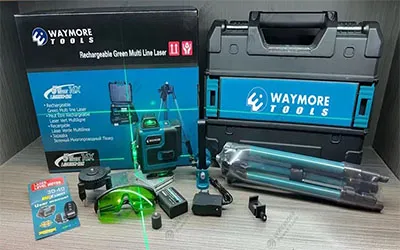
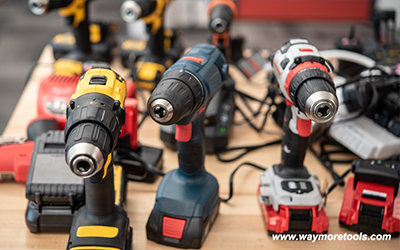
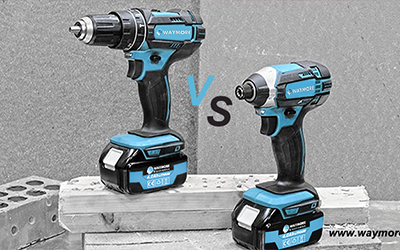
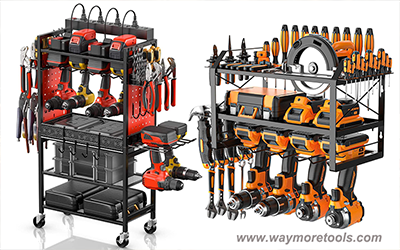
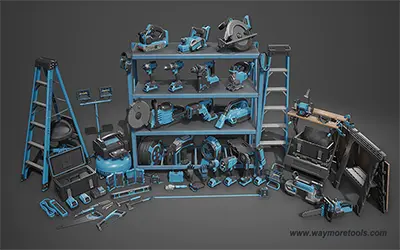
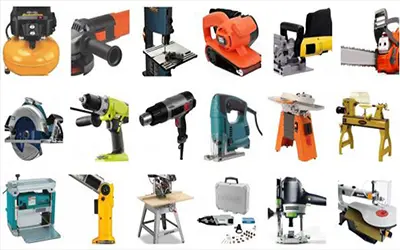






















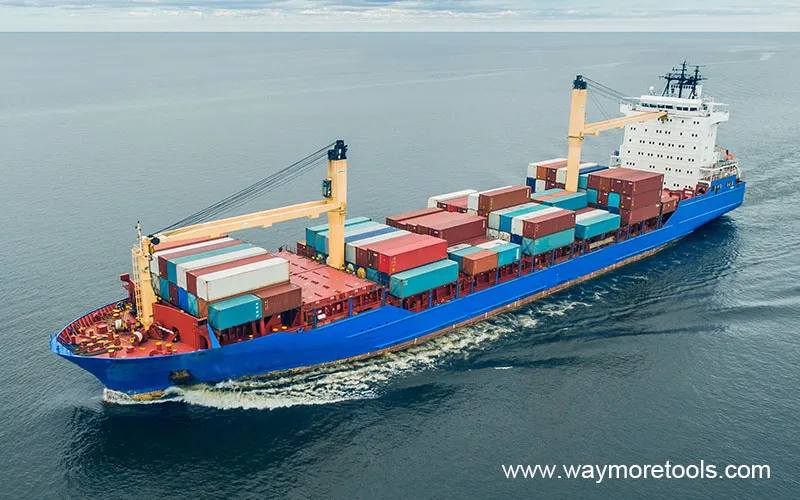


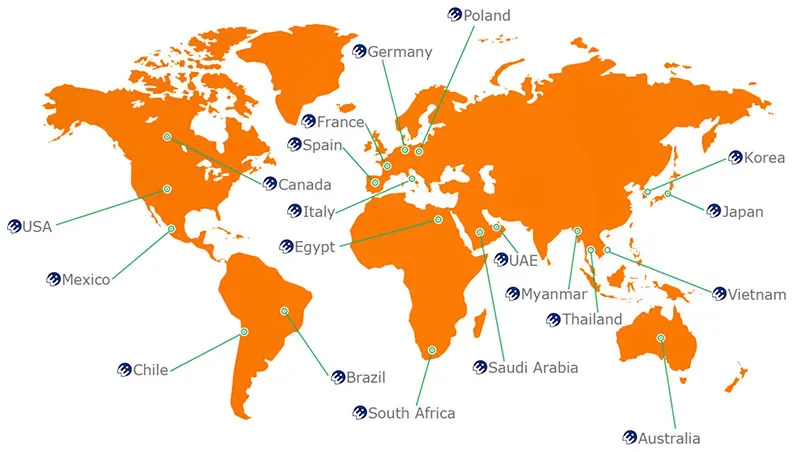








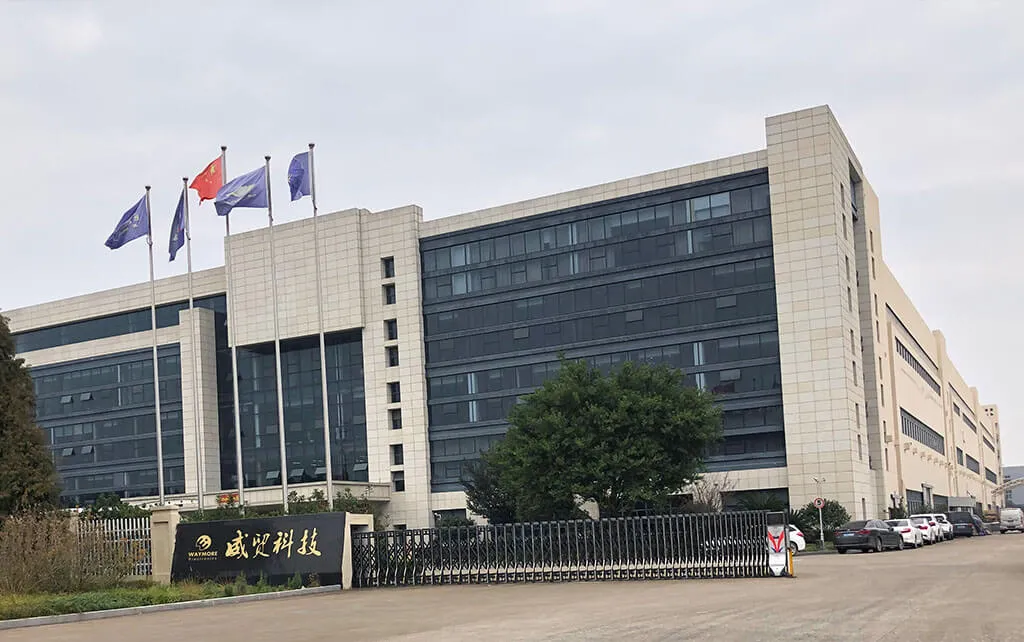











































































































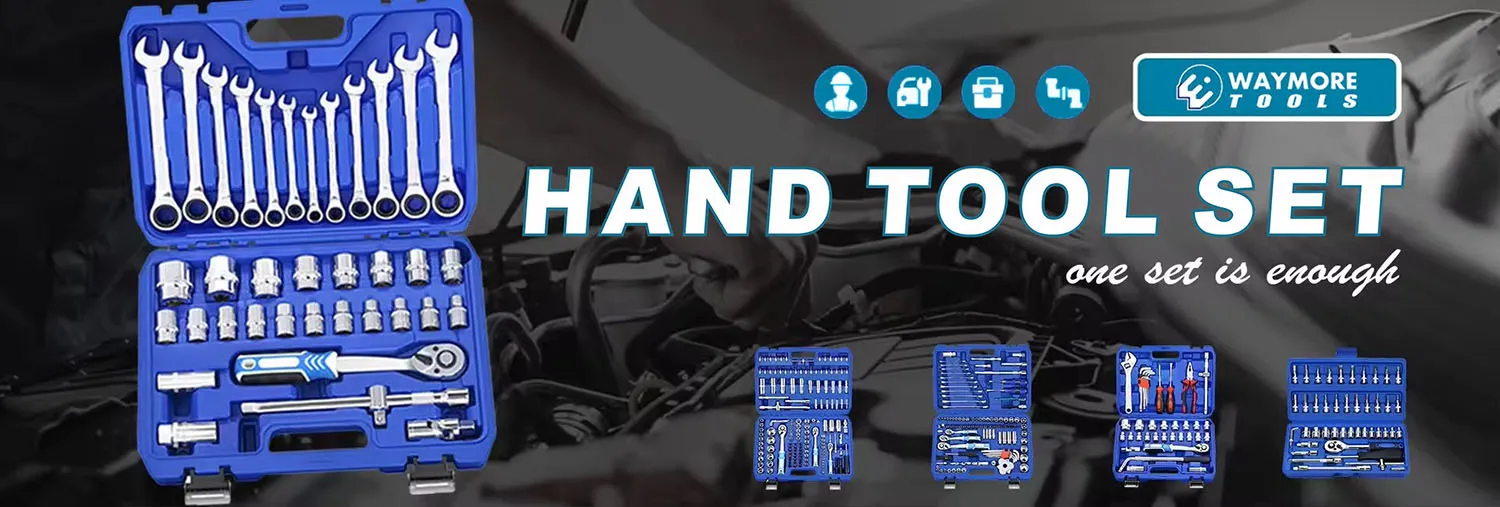























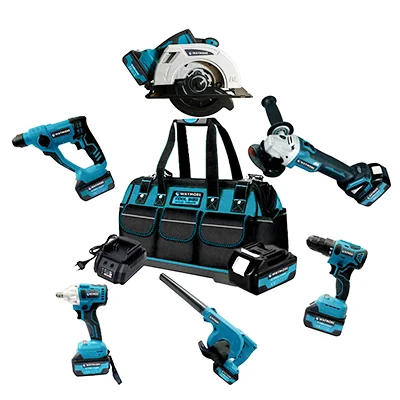


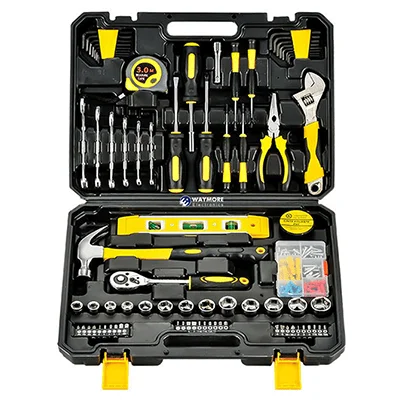

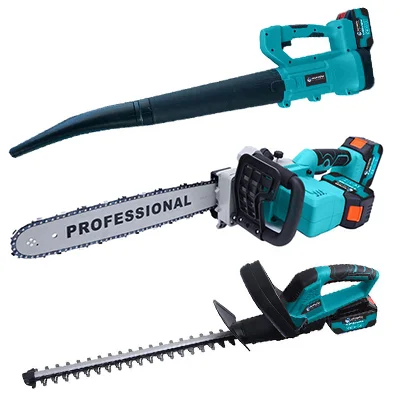

Leave a Comment